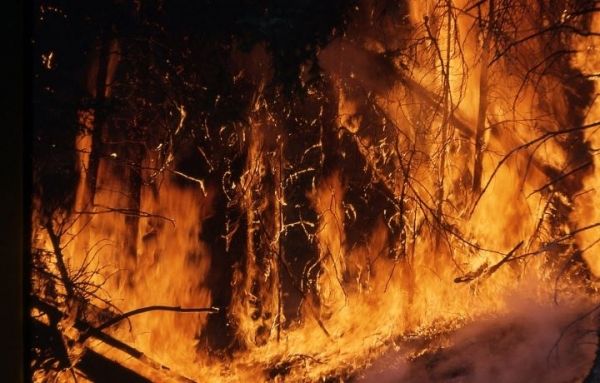The planet is frequently affected by smoke from fires caused by humans and natural processes. Australia, California and other regions are prone to seasonal wildfires and smoke from wildfires and agricultural burns worsening air quality in places up to 2,000 km away.
Most wildfires in Brazil occur in the dry season between July and September in the areas of Amazon and Cerrado – mostly agriculture-related fires - and the Pampas. Depending on the weather, long-range transport of smoke affects the air quality of small and large cities downwind of the fire spots, including the ‘megacity’ of Sao Paulo.
Burning biomass produces increased quantities of low-lying ozone due, in part, to the South Atlantic subtropical high pressure system. Transported considerable distances from the fire, this pollution further contribute to poor air quality and smog in cities such as Sao Paulo.
Researchers from the University of Birmingham, the Federal University of Technology, Londrina, Brazil, and the University of Stockholm published their findings in the Journal of Environmental Management.
Continue reading at University of Birmingham
Image via University of Birmingham


